Transport infrastructure development is identified as one of the three strategic breakthroughs of the Party and the State. According to the set target, by the end of this year, our country will complete 3,000km of highways and 1,000km of coastal roads, and 5,000km by 2030.
In addition, the railway sector is a strategic priority in the 2025-2035 period with a total investment of about 68 billion USD.
These ambitious goals require the active, proactive and synchronous participation of many resources. In reality, budget resources are limited, but the need for investment in transport infrastructure is increasingly urgent, and the contribution of the private and social sectors is becoming more and more important.
In that context, investment under the PPP method plays a key role in realizing large-scale projects.
Transport infrastructure PPP projects are characterized by large total investment (from 10,000 to 40,000 billion VND per project), project payback period lasts 15-25 years, and depends heavily on credit loan sources (70-85%). Loan demand for some projects ranges from 8,000 to 33,000 billion VND per project.

Proposal to expand the entire North-South expressway under the PPP method
Meanwhile, according to the provisions of Clause 1, Article 136, Law on Credit Institutions No. 32/2024/QH15 effective from July 1, 2024, the limit on total outstanding credit balance for a customer is reduced from 15% to 10% and for other groups is reduced from 25% to 15% of the credit institution's equity in the years 2026-2029.
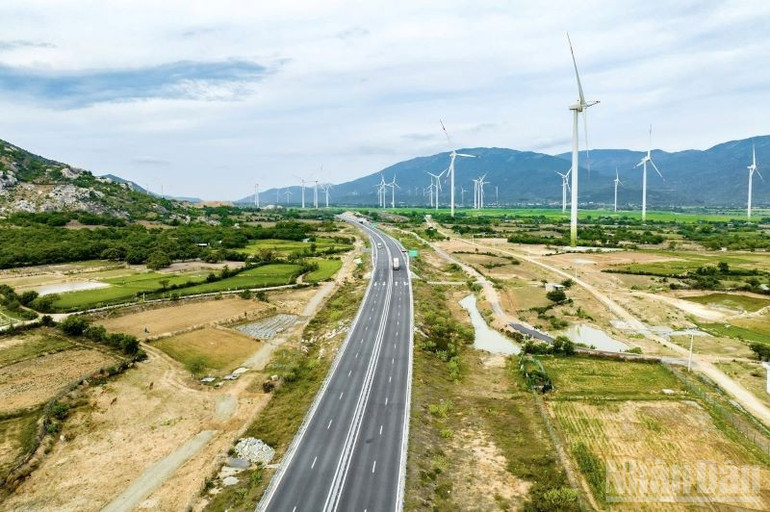
This leads to the current situation where banks, although interested in financing large transport projects, are constrained by the regulation that they cannot provide credit exceeding 10% of each bank’s equity. This credit limit creates a huge barrier in accessing credit capital to implement transport infrastructure projects.
To solve the credit limit problem, the syndicated capital scheme between banks has been applied.
However, from practical implementation, this syndicated capital model also faces many difficulties, especially because each bank has its own regulations and standards on syndicated capital conditions.
In addition, the long loan appraisal time is also an obstacle, leading to projects not being able to be implemented as planned, causing loss and waste of resources.
The above difficulties and obstacles are not consistent with the spirit of Resolution 02/NQ-CP dated January 8, 2025 on removing institutional bottlenecks, simplifying administrative procedures, and facilitating businesses, as well as Resolution 172/2024/QH15 on investment policy for high-speed railway projects on the north-south axis and Resolution 1454/QD-TTg on approving the road network planning for the 2021-2030 period, with a vision to 2050, all of which emphasize the importance of attracting non-budgetary capital and creating conditions for the private sector to participate in large-scale infrastructure projects.

Credit capital promotes private economic development
Regarding the above difficulties and shortcomings, from an expert perspective, Associate Professor, Dr. Nguyen Huu Huan, Member of the Executive Committee of the Vietnam Finance and Banking Association, commented that currently, bank credit is still the main capital flow to implement infrastructure projects, because the investment capital is too large, investors or contractors do not have enough financial strength, and are forced to borrow from outside.
With the difficulties that parties are facing in accessing bank capital, Mr. Nguyen Huu Huan recommended that it is necessary to improve the loan process to ensure risk management, while streamlining procedures and supporting businesses faster.
From an investor's perspective, Mr. Nguyen Huu Hung, Vice Chairman of the Board of Directors of Deo Ca Group, said: "Deo Ca is a pioneer in the PPP sector, completing many large and key projects in the transport sector. In the new era, Deo Ca clearly defines its role and responsibility in proactively and actively linking with domestic enterprises, mobilizing resources, in which credit capital plays an important role, to work with the Government to complete major goals in developing transport infrastructure."
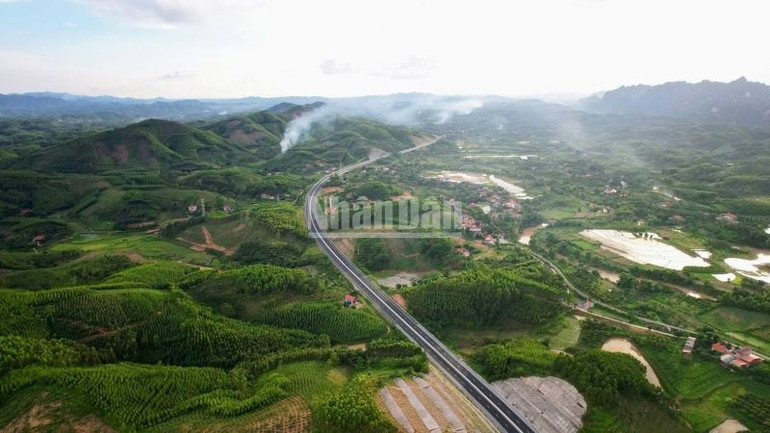
According to Mr. Hung, to remove obstacles and difficulties related to the credit balance limit for PPP projects, recently, enterprises have sent a document to the State Bank, the Ministry of Finance and the Ministry of Construction requesting a number of solutions to remove difficulties and obstacles in order to mobilize investment capital for transport infrastructure projects under the PPP method.
Specifically, Deo Ca recommends that relevant agencies propose that the Prime Minister allow PPP transport infrastructure projects to apply the following special mechanism: “The loan capital from credit institutions to invest in PPP transport infrastructure investment projects will not be subject to the provisions of Clause 1 and Clause 2, Article 136, Law on Credit Institutions No. 32/2024/QH15 dated January 18, 2024. The specific loan amount will be decided by credit institutions, based on the financial capacity of the investor and the project's debt repayment plan”.
At the same time, the enterprise also proposed to review the method of determining “related persons” in the credit limit. This regulation is not suitable for the characteristics of investment under the PPP method, investors only contribute a part of capital to the project enterprise, but the entire credit obligation of the project enterprise is included in their credit limit, leading to a significant narrowing of access to credit capital to implement large-scale infrastructure projects.

To realize the goal of developing a modern and synchronous transport system, we cannot rely solely on the State budget. The participation of the private sector through the PPP model is a prerequisite.
But without a stable, timely and effective flow of credit, all plans will remain on paper.
According to an economic expert, credit limits are technical measures, but should not be rigid enough to hinder economic development.
A new, flexible, courageous and responsible mindset is needed to design a specific credit mechanism for PPP. Only when the capital “bottleneck” is removed can the “highway” for infrastructure development be opened, growth momentum be unleashed, regional connectivity be established, and the country be brought forward rapidly.
Resolution No. 68-NQ/TW of the Politburo on private economic development issued on May 4, 2025 emphasizes the task of “diversifying and improving the effectiveness of forms of cooperation between the State and the private economic sector through PPP models”. At the same time, it clearly states the requirement to promote and diversify capital sources for the private economy: “Review and improve credit mechanisms and policies for the private economy. Have a policy to prioritize a portion of commercial credit sources for private enterprises…”.
Source: https://nhandan.vn/noi-tran-du-no-cap-tin-dung-cho-cac-du-an-ppp-giao-thong-post884982.html










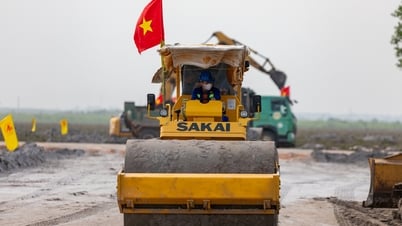
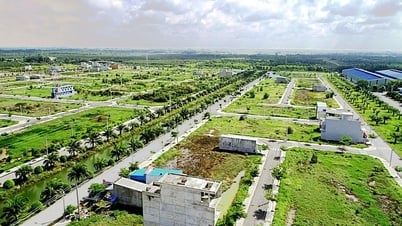
































































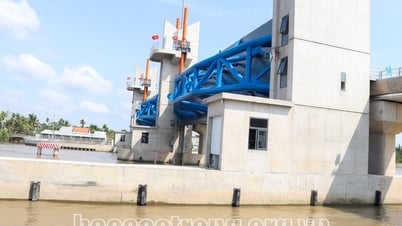

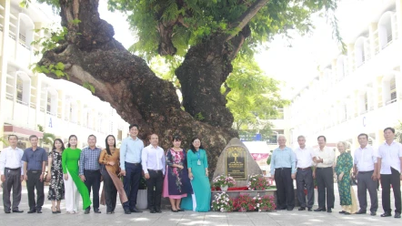


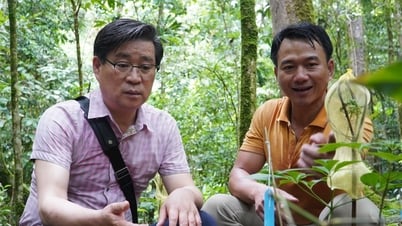












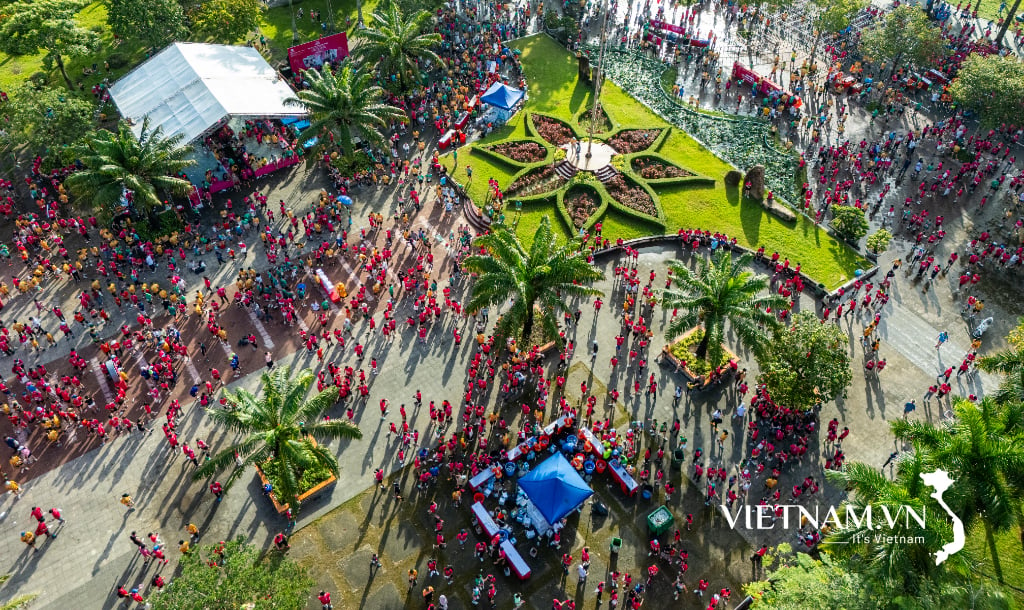


Comment (0)